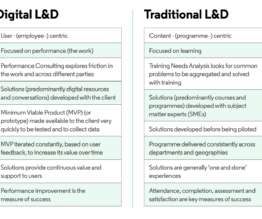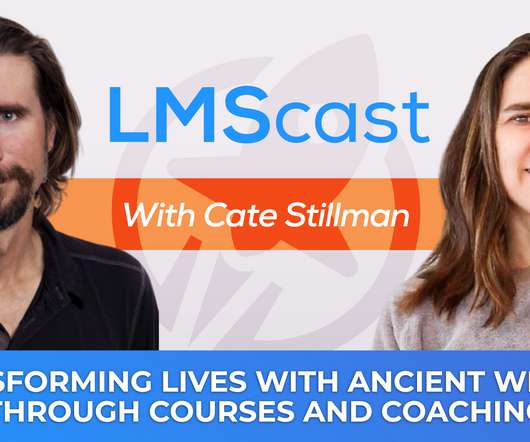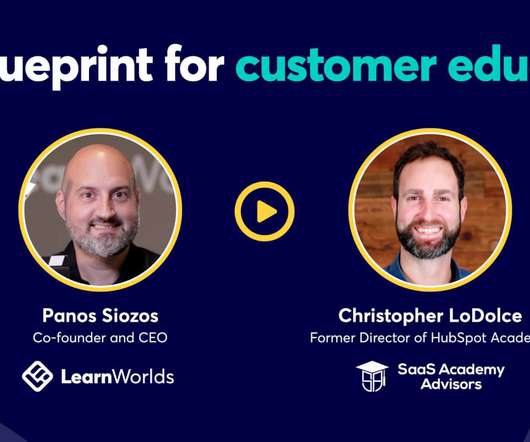Using Pattern Libraries for Accessible Elearning: Insights from CSUN 2018
The Learning Dispatch
MAY 4, 2018
He’ll introduce using pattern libraries for accessible elearning development, explaining how they can make your development process more efficient. . What really caught my attention, however, was the extensive discussion, across many sessions, of using interaction pattern libraries in development.











































Let's personalize your content